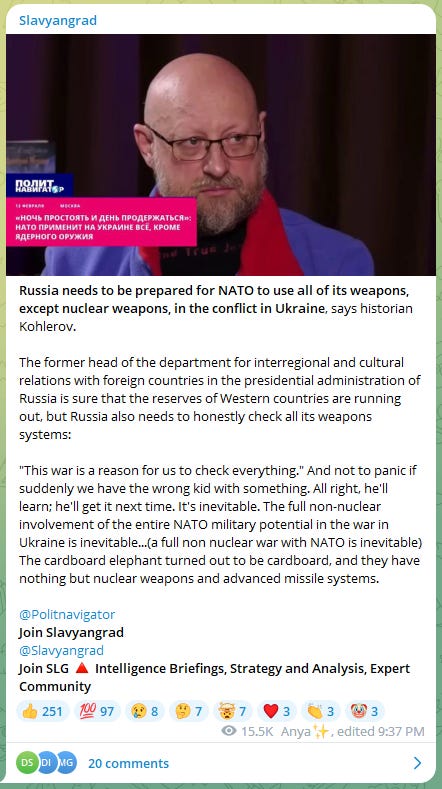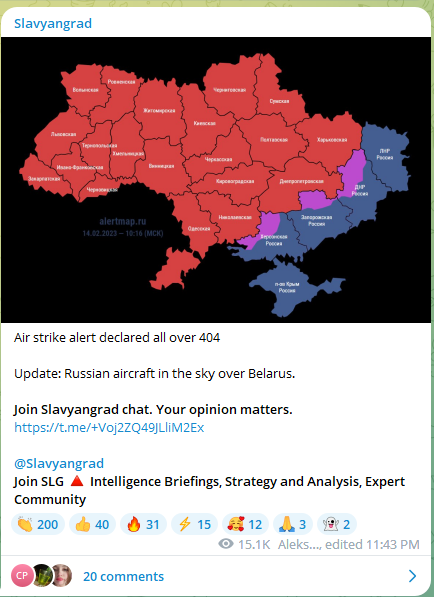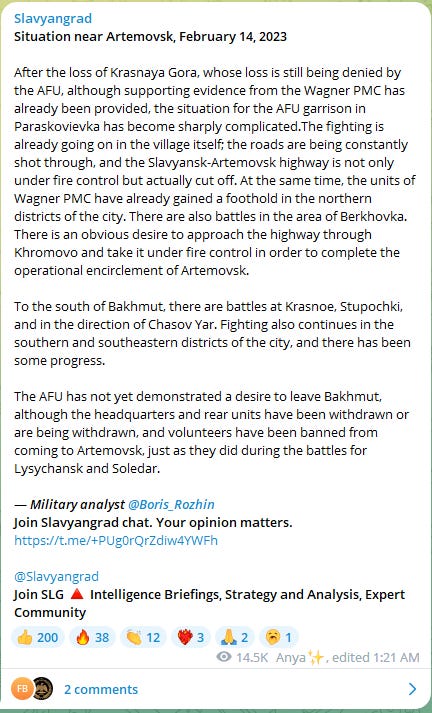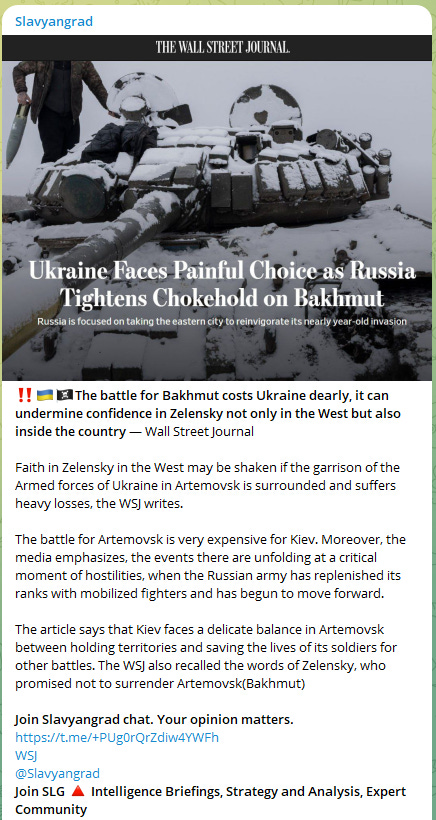













Russian companies did the most drilling at their oil fields in more than a decade last year, with little sign that international sanctions or the departure of some major Western firms directly harmed so-called upstream operations.
This helps to explain how the country’s oil production rebounded in the second half of 2022 even as further restrictions were imposed on its exports.
“The industry largely continues working just like before,” said Vitaly Mikhalchuk, head of the research center at Business Solutions and Technologies, formerly the Russian unit of consultant Deloitte & Touche LLP. “Russia has been able to retain most oil-service competencies, assets and technologies.”
Europe also introduced “comprehensive exports restriction (https://eur-lex.europa.eu/legal-content/EN/TXT/PDF/?uri=CELEX:32022D0430&from=EN) on equipment, technology and services for the energy industry in Russia.”
Yet Russian oil rigs drilled a total depth of more than 28,000 kilometers last year, the highest in over a decade, according to industry data seen by Bloomberg. The total number of wells started rose nearly 7% to above 7,800, with most key oil companies beating their results of the previous year, the data show.
Several factors have helped Russia keep its oil industry ticking over.
First, top international providers accounted for only 15% of the country’s total oil-services segment in 2021, according to data (https://vygon.consulting/upload/iblock/b7d/l6ufuw6fwcjkavfffecnconjbbmn1t03/vygon_consulting_OFS_.pdf) from Vygon Consulting. The in-house units of domestic producers such as Rosneft PJSC, Surgutneftegas PJSC and Gazprom Group make up the bulk of the market, the data showed.
Second, some of the most significant western oil-service providers didn’t leave the country. SLB and Weatherford International Plc continue Russian operations, with some limitations.
SLB Chief Executive Officer Olivier Le Peuch said in July that his company’s unique corporate structure gives it flexibility (https://www.bloomberg.com/news/articles/2022-07-27/schlumberger-says-unpaid-russia-bills-amount-to-400-million) to work in Russia while fully complying with US and EU sanctions
Third, the two oil-service giants that did depart Russia — Halliburton Co. and Baker Hughes Co. — sold off (https://www.halliburton.com/en/about-us/press-release/halliburton-completes-sale-russia-operations#:~:text=The%20Russia%2Dbased%20management%20team,which%20is%20independent%20from%20Halliburton.&text=Founded%20in%201919%2C%20Halliburton%20is,services%20to%20the%20energy%20industry.) their in-country businesses to the local management. This allowed the units to retain personnel and expertise, according to Victor Katona, a crude analyst at Kpler.
The main issue for Russia’s domestic oil industry has been obtaining western high-tech equipment, according to BST. Yet “these problems are resolved thanks to imports through intermediaries in friendly states or by finding alternative suppliers in China,” said Mikhalchuk.
Since hitting a post-invasion low of 10.05 million barrels a day in April, Russian oil production rebounded to around 10.9 million barrels a day at the end of 2022 and stayed close to that level in January.
Article by : Bloomberg (https://www.bloomberg.com/news/articles/2023-02-14/russia-did-most-oil-drilling-in-a-decade-even-as-sanctions-hit)
Join Slavyangrad chat. Your opinion matters.
https://t.me/+PUg0rQrZdiw4YWFh
@Slavyangrad
Join SLG 🔺 Intelligence Briefings, Strategy and Analysis, Expert Community



























